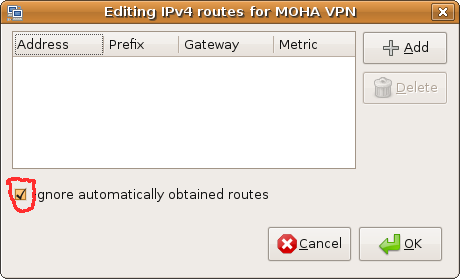I got my self a shiny new laser printer because the old Lexmark X1110 was getting old and giving little too many paper jams. I went with Samsung ML-1640 mainly because of it’s initial lower price, lower running costs and good reviews online. I had also read that the printer comes with Linux driver, that was one of the first I have seen.
To much to my surprise as soon as I plugged the printer Ubuntu recognized the printer and installed it, with in few seconds without any clicks or key presses the printer was ready for printing. I never bothered testing on Windows 7 but I’m sure I would have had to install drivers (Samsung claims it takes only 4 clicks).
However I ran to some trouble sharing the printer with Snow Leopard as the driver selected by Ubuntu needed to be used as a raw printer queue and I could get around how to set it up on Snow Leopard. Instead I flipped around the setup, I shared the printer as a raw printer queue and used the built in driver on Snow Leopard for the printer. I had to do the same for my notebook as well. Everything was working perfectly, finally 🙂 . In the process I also figured out that Generic GDI driver works as long as the print job fits the printer memory (8 MB), if you send a larger job it will fail with nothing printed (but the printer receives the job).
For anyone wondering, on Linux the driver used is (automatically selected by Ubuntu) is Samsung ML-1640, SpliX V. 2.0.0 , which covers all capabilities of the printer (may be except for toner level).
I’m really happy with the printer, I think it was a very good purchase. I really like the idea the cartridge comes with a handle to push it into place. Then the fact that I can print the demo page by pressing and holding the reset/cancel button on the printer to get the toner level and other printer details. Only thing I miss is fully duplex printing, but with the lower cost I don’t mind working upto the printer to feed the paper when the printer is done printing one side of the pages.











